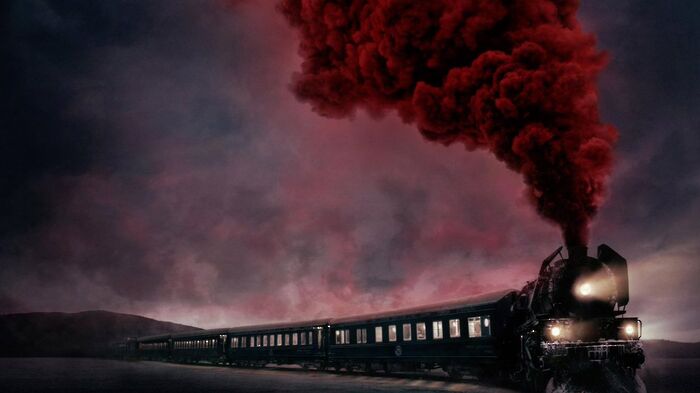Review: The Flicker + Pulse of the natural world
Delighted by visuals but unimpressed by droll dialogue, Seth Jordan reflects on this rather bland take on gardening

Marketed as a “striking and poignant portrayal of time passing”, Flicker + Pulse certainly has lofty ambitions. It depicts a year in a walled garden in Sussex, beginning in the winter and following the yearly cycle of natural growth and decay. The titular flickering and pulsing is created through the use of time-lapse footage, the plants shuddering and swerving as the days progress.
“Often, to anyone not deeply invested in horticultural minutia, uninspiring”
Real time videos of the gardeners at work are interpolated with the more abstract nature photography, a combination which the film says creates a “meeting point between Gardeners’ World and Koyaanisqatsi” (an experimental wordless documentary using slow-motion and time lapse).
Much of the cinematographic results are indeed very beautiful – the slow decay of apples, the blossoming of trees, bees hopping around flowering plants, and potted plants pushing themselves towards the sunlight are all moments of real vivacity. It is at these contemplative points that the film is most successful, Wendy Rae Fowler’s ambient soundtrack reproducing some of the grandeur of nature.
However, when the film veers into Gardeners’ World territory, things become less interesting. The narration, provided mostly by those working in the garden, is often, to anyone not deeply invested in horticultural minutia, uninspiring (“When I’m rotavating soil, I really get into it”) or full of platitudes (“The sun makes everything alright”). A couple of professors are on hand to tell us that the Earth moves round the Sun and to sprout varies cosmic stats that leave the mind very much unblown.
The problem of making a film in such a closed community (literally a walled garden) is that the passionate locals are given too much time. While the work they do is fascinating, their own opinions on it are not, and this banality jars in tone with the more beautiful visual sections. It becomes, at points, almost like a clip playing on a loop in a side room of a museum. There to be gazed at for a few minutes but not quite stretchable to an hour.
Documentaries of this kind make one realise how important the delivery of information is. Finding the right register for voice-over marks the difference between something engaging and interesting, like Attenborough’s Life in the Undergrowth, and a film with superb visuals but ultimately unexciting narration
 News / Uni Scout and Guide Club affirms trans inclusion 12 December 2025
News / Uni Scout and Guide Club affirms trans inclusion 12 December 2025 News / Cambridge Vet School gets lifeline year to stay accredited28 November 2025
News / Cambridge Vet School gets lifeline year to stay accredited28 November 2025 News / Cambridge study finds students learn better with notes than AI13 December 2025
News / Cambridge study finds students learn better with notes than AI13 December 2025 Science / Did your ex trip on King’s Parade? The science behind the ‘ick’12 December 2025
Science / Did your ex trip on King’s Parade? The science behind the ‘ick’12 December 2025 News / Pembroke to convert listed office building into accom9 December 2025
News / Pembroke to convert listed office building into accom9 December 2025








